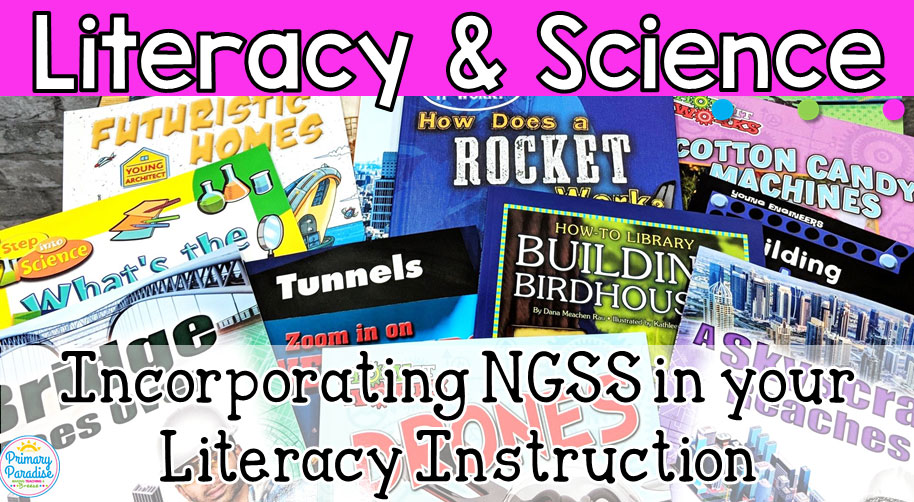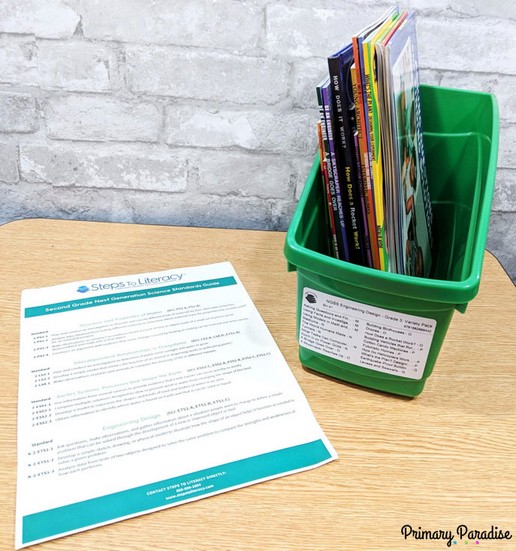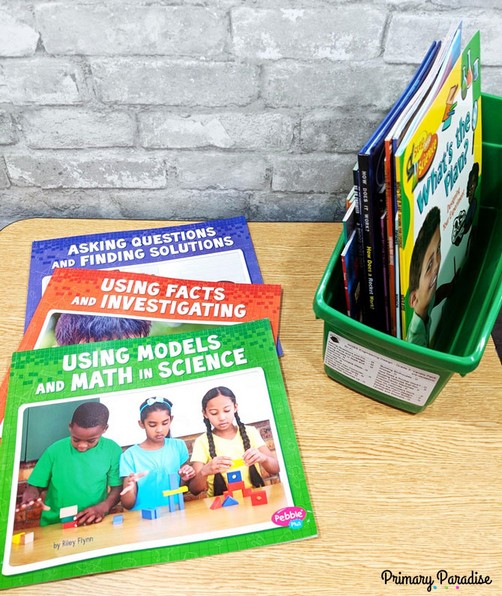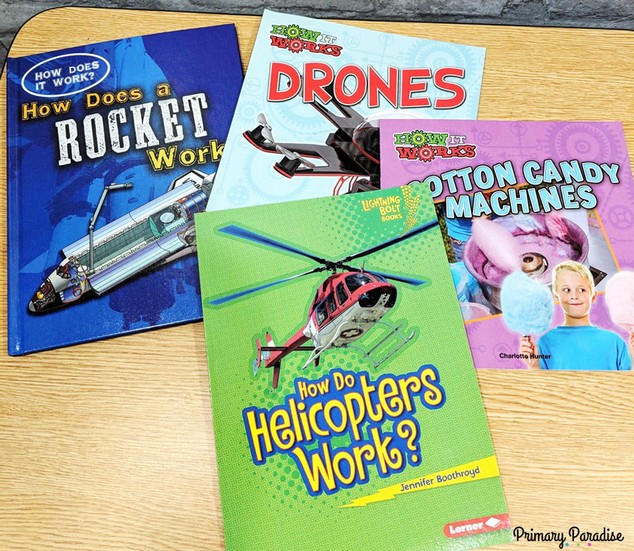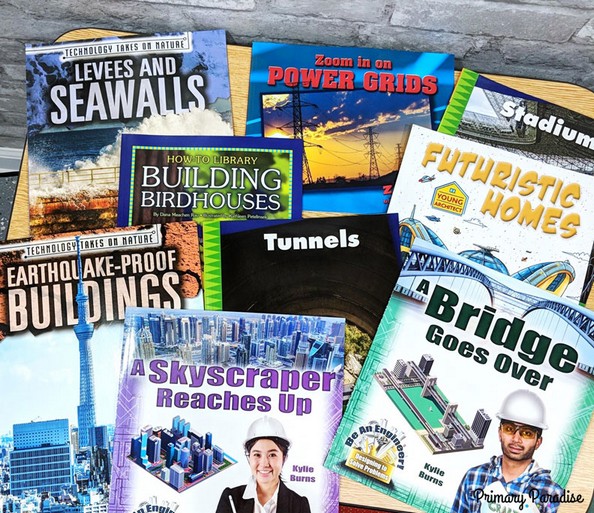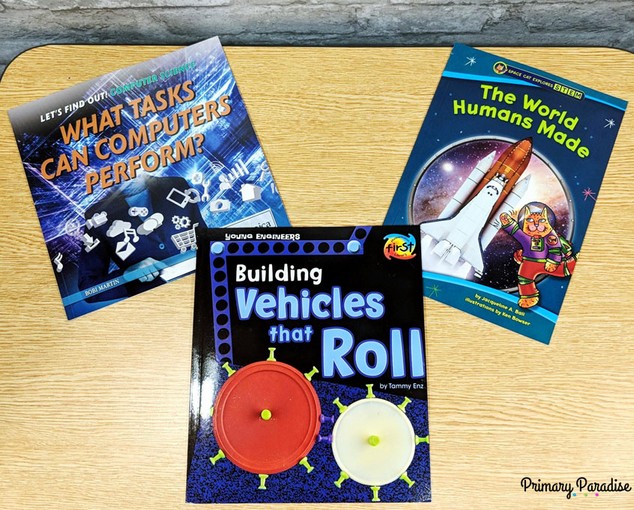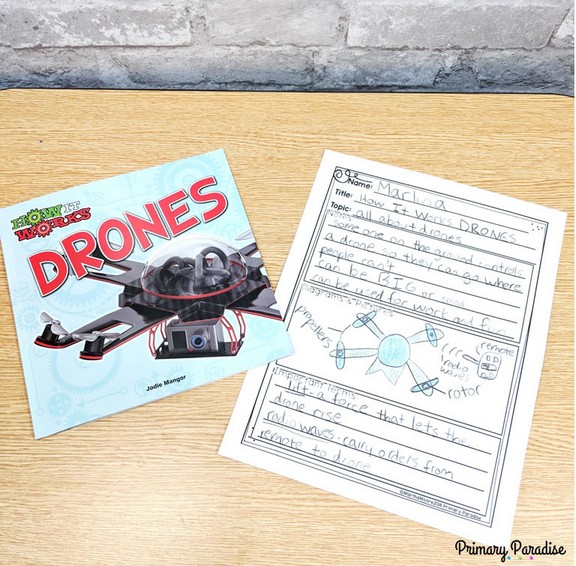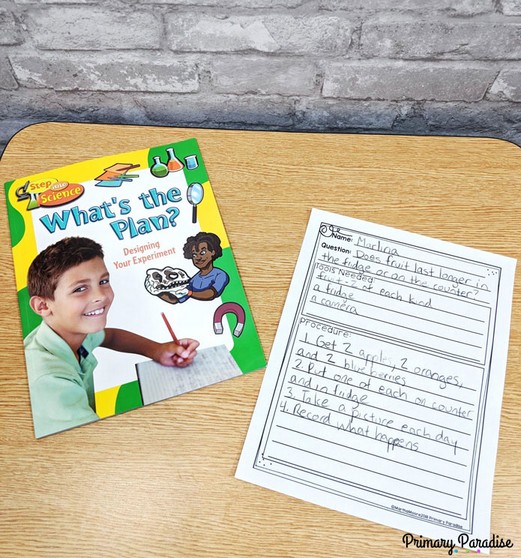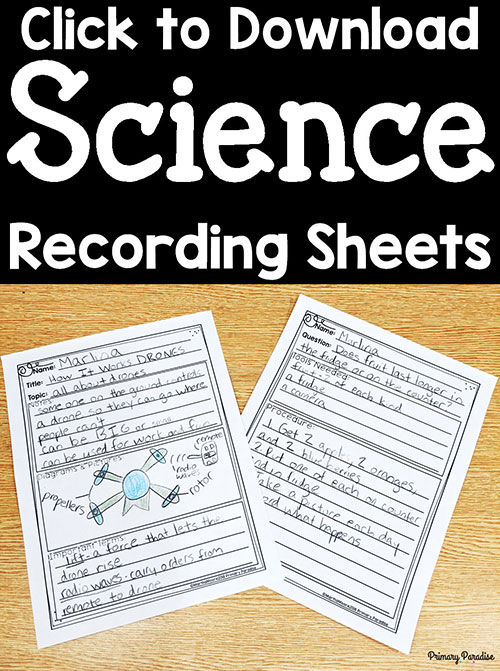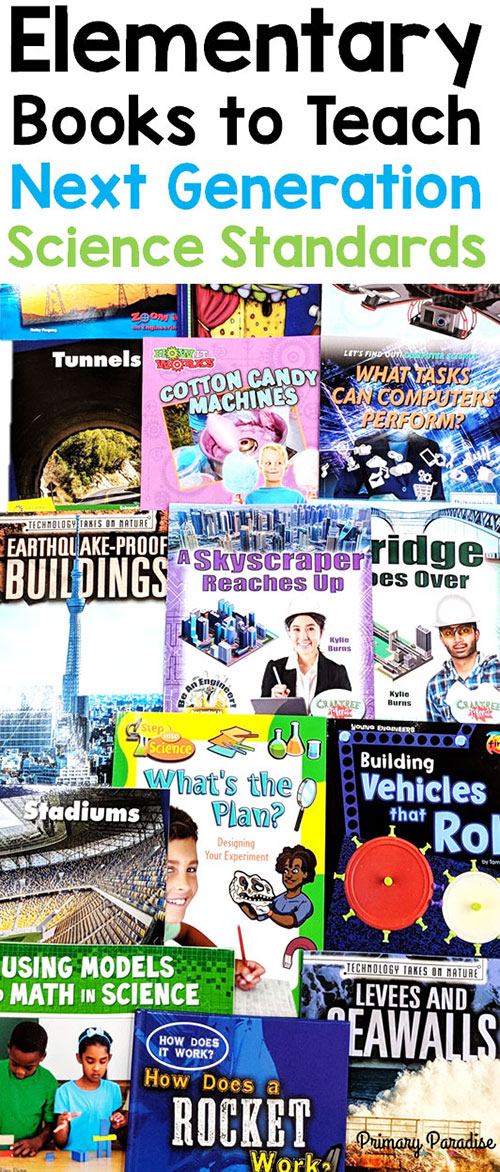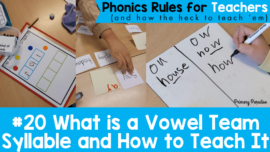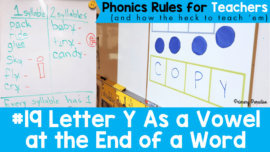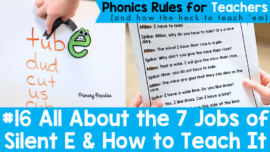NGSS: Next Generation Science Standards are designed to give students a foundational science education that can serve them throughout their schooling and into their careers as adults. These standards include scientific skills such as STEAM and STEM that will give them knowledge to excel in jobs of the future. This post discusses how you can add this important instruction into your current literacy instruction.
Science, technology, and engineering skills. We all know that knowledge and proficiency in these areas is incredibly important to our students’ futures. Many of our students will have careers doing jobs that might not have been invented yet. However, reading instruction is so important, and sometimes it’s really hard to find the time to fit it all in! That’s why any time we can incorporate science instruction in to our literacy instruction, we should! Today I’m going to share how Steps to Literacy’s NGSS Collection is the perfect tool to do just that!
I’d like to thank Steps to Literacy for sponsoring this post. I received compensation for this post, but all opinions, ideas, and thoughts are mine. I only share about resources, products, and companies that I use and believe in and I believe will be beneficial to you as well!
About Steps to Literacy’s NGSS Collections
First, let’s talk about why these collections are so fantastic. The Next Generation Science Standards Collections are hand picked by educators for K-5 students and teachers. The collections, designed for easy implementation into the existing literacy block, include engaging books that focus on key NGSS topics, which are aligned to the standards! The titles in each collection are high interest and kid-friendly with beautiful graphics, glossaries, and other important text features! Your students will absolutely love them! The collections are available by grade, topic, and reading level. Each library includes a handy standards tip sheet which is perfect as a quick reference as you’re lesson planning.
What does an NGSS Collection Look Like?
Steps to Literacy sent me the 3rd Grade Engineering & Design Variety Pack, so let’s take a look at all of the fabulous and engaging titles that are included!
First, the variety of books in the collection is perfect. I love that it includes titles that give students a firm foundation in scientific practices and ideas. These are a great place to start, especially with students who might not have previously had strong science instruction. Even if they have, these title will work well as a great way to help them delve deeper and stretch their scientific thinking.
The high interest titles are sure to excite students! What 3rd grader wouldn’t love to learn how drones work and how cotton candy is made?
The collections cover the focus topic fully. It really give students a chance to focus on a topic from many different angles!
Each collection includes books that will truly capture your students attention and spark curiosity while addressing NGSS in an age appropriate way.
How To Incorporate NGSS into Existing Literacy Instruction
The beauty of these collections is that you can seamlessly incorporate them into your existing literacy block! Whether you use common core or your state’s learning standards, you are required to teach non-fiction texts to your students. These books are perfect tools to work on test features, asking and answering questions, determining the main idea, determining the meaning of words, and so much more! I’ve also created two, free printables to use with these books that you can download at the bottom of this post.
Here are 4 simple and easy ways to implement the NGSS Collections into Your Literacy Block:
1. Use these books as whole class read alouds. Be sure to discuss not only the non-fiction literary elements, but also the science behind the book.
2. Include these books as options for students to read during reading stations and/or independent reading time. These books will be a favorite choice for sure.
3. Have students focus on a topic and complete a research project. They can use these books as references which will allow them to work on reading, writing, and science skills!
4. Set aside one day each week to focus on science during your literacy block. You can work together in whole group or have students work in small groups, pairs, or independently. Have students report what they’ve learned in front of classmates to work on important speaking and listening skills!
These collections from Steps to Literacy are such a wonderful tool to begin incorporating NGSS standards into your literacy instruction while also working on important non-fiction reading and writing skills! I highly recommend checking out the various options in the NGSS Collection Steps to Literacy offers.
Want to see more of my favorite resources from Steps to Literacy? Check out the posts below.
Listening Libraries Diverse Chapter Books Rich Mentor Texts Back to School Favorites White Board Tips Tactile Letters Christmas Crafts Small Group Organization STEM Tools Brain Breaks Calm Down Kit Ideas
